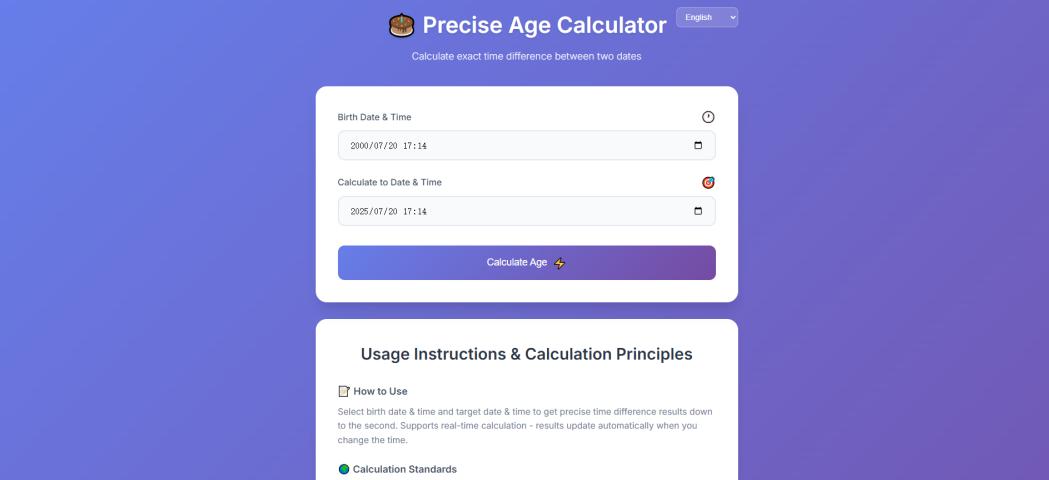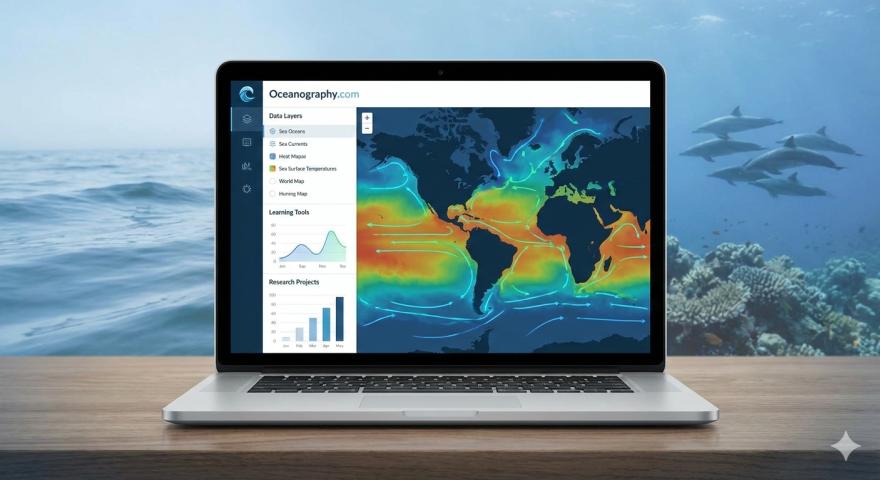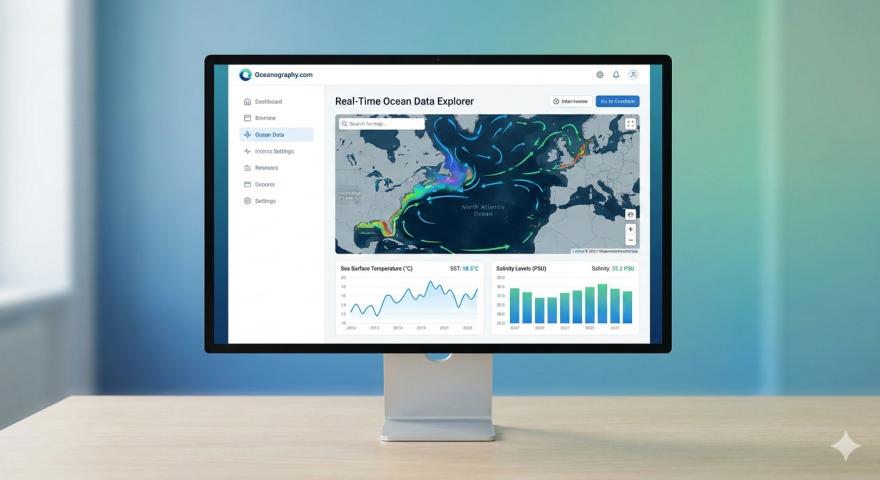What is Consumer Research?
In today’s competitive market landscape, understanding your customers' needs and behaviors is paramount. This is where consumer research comes into play. Consumer research is the systematic collection and analysis of data about individuals’ preferences, behaviors, and attitudes toward products or services. Businesses can fine-tune their strategies to align with their target audience’s expectations by delving deep into what drives customer decisions.
Unlike traditional market research services, consumer research focuses on studying the psychology and behavior of the end user. This enables companies to develop products, services, and marketing campaigns that resonate more effectively with their audience.
What is the Importance of Consumer Research?
Consumer research isn’t just a buzzword; it’s a necessity in today’s data-driven world. Here are some reasons why consumer research is vital for businesses:
Improved Product Development: By understanding consumer needs and pain points, businesses can develop products that address specific challenges. This minimizes the risk of launching products that fail to meet market demands.
Enhanced Marketing Strategies: Consumer insights allow businesses to craft more targeted and impactful campaigns. For instance, using online market research, companies can identify trends and preferences that guide their messaging and branding efforts.
Better Customer Experience: When you understand what your customers value, you can tailor the customer journey to meet their expectations. From personalized services to responsive support, consumer research enhances every touchpoint.
Competitive Advantage: Incorporating consumer insights into your strategy gives you a leg up on competitors. By staying ahead of trends and adapting to consumer demands, your business remains relevant and competitive.
What are the Types of Consumer Research?
Consumer research can take various forms depending on your goals and the type of data you need. Below are the main types of consumer research:
Primary Research: Primary research involves collecting data directly from consumers. Methods include surveys, interviews, focus groups, and field observations. This type of research provides firsthand insights that are highly specific and actionable.
Secondary Research: This involves analyzing existing data such as reports, studies, and industry statistics. Secondary research is a cost-effective way to gather insights and is often used to complement primary research.
Quantitative Research: Quantitative research focuses on numerical data to measure consumer behavior and preferences. Surveys and questionnaires are common tools, that allow businesses to analyze trends and make data-driven decisions.
Qualitative Research: Qualitative research delves deeper into consumer motivations and emotions. Through open-ended interviews, focus groups, and ethnographic studies, businesses can uncover the "why" behind consumer decisions.
Online Consumer Research: With the rise of digital platforms, online consumer research has gained prominence. Using social media marketing services and analytics tools, businesses can monitor online behavior, track brand sentiment, and gather real-time feedback.
What is the Consumer Research Process?
Conducting effective consumer research requires a structured approach. Below is a step-by-step guide to executing a successful research process:
Define the Objective: What do you want to achieve through your research? Whether it’s understanding market trends, gauging customer satisfaction, or exploring new product ideas, having a clear goal is crucial.
Identify the Target Audience: Pinpoint who you’ll be studying. Use market research services to segment your audience based on demographics, psychographics, and behavior.
Choose Research Methods: Select the appropriate methods to gather data. Combining primary research with online market research often yields the most comprehensive results.
Collect Data: Gather the data using your chosen methods. This might involve conducting surveys, setting up focus groups, or using tools to analyze social media interactions.
Analyze the Data: Once data collection is complete, analyze the results to identify patterns, trends, and actionable insights. Tools like Google Analytics, CRM software, and specialized research platforms can be invaluable here.
Implement Insights: Use the findings to make informed decisions about your branding services, marketing campaigns, and product development. Regularly revisit the research to adapt to evolving consumer needs.
Conclusion
Understanding consumer behavior is no longer optional for businesses aiming to thrive in a competitive market. By investing in consumer research, brands can unlock valuable insights that shape their strategies and drive success. Whether it’s through primary research or leveraging online market research, the key is to remain adaptable and customer-focused.
Are you ready to elevate your business with comprehensive consumer insights? Explore our branding services and social media marketing services to start building meaningful connections with your audience today.









